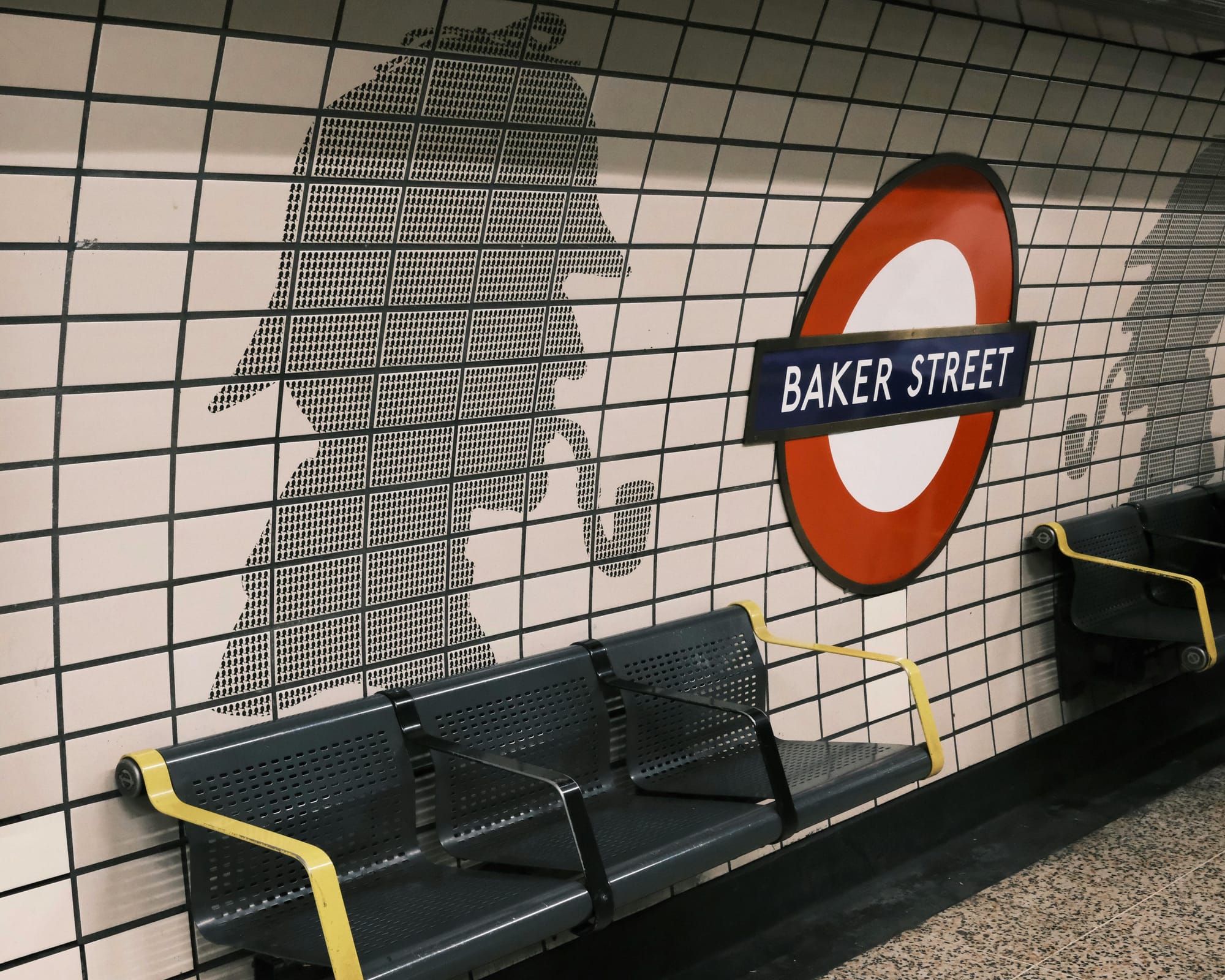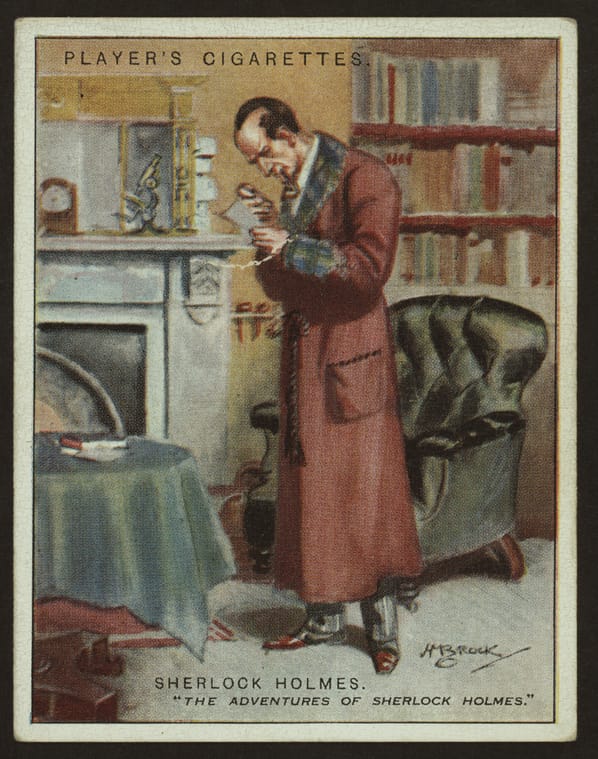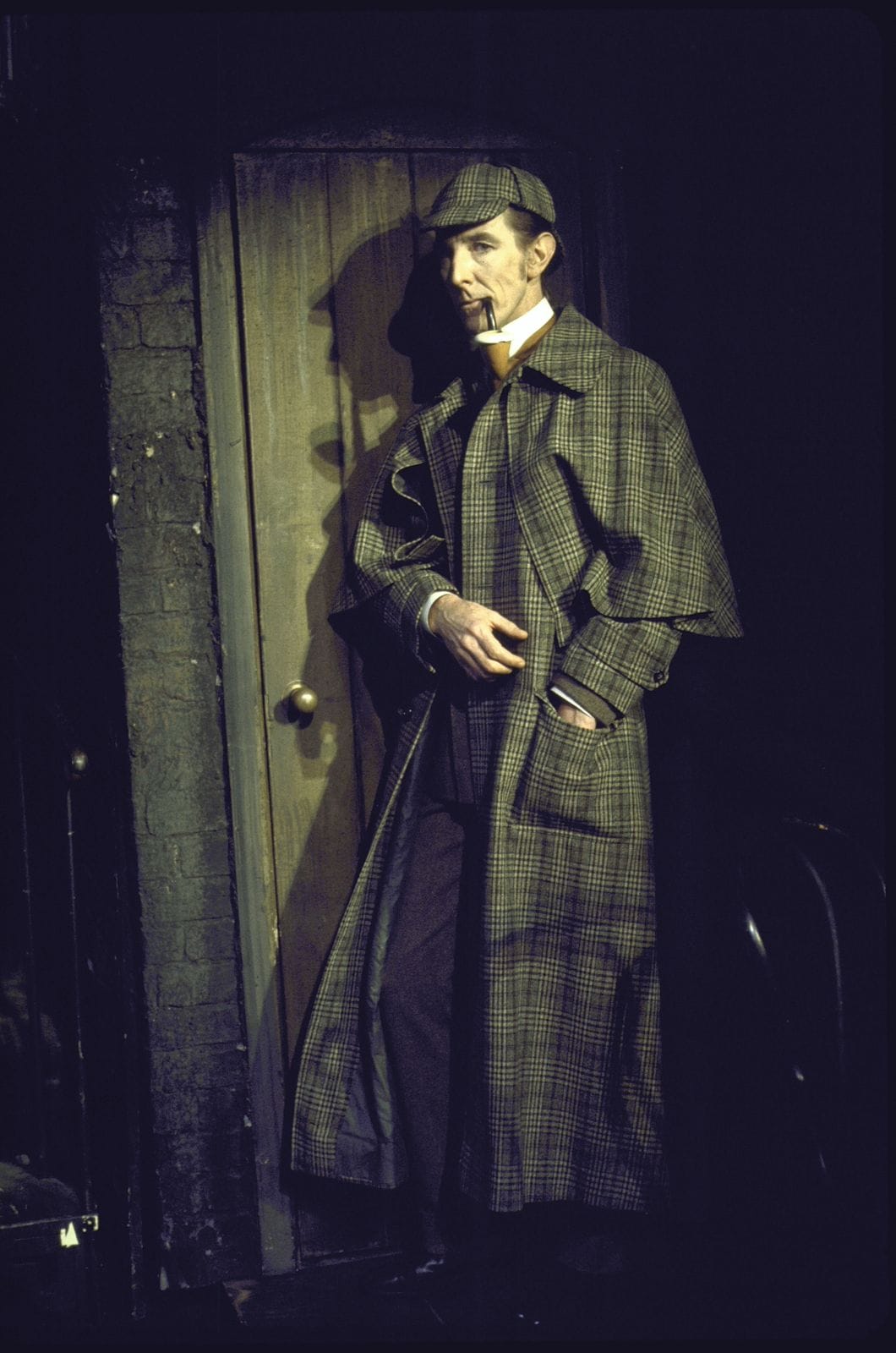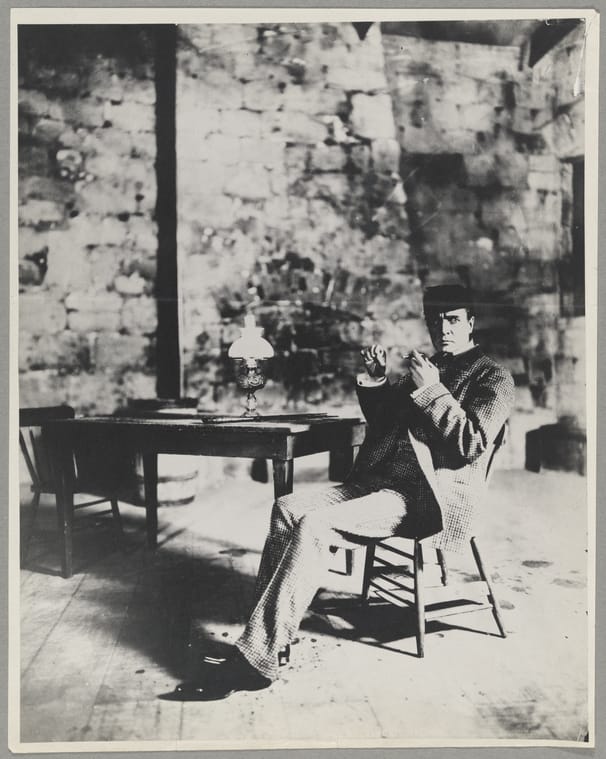Sherlock and Shedunnit
A trip into the Shedunnit archive.
Dear friends,
There are certain topics that are too perfect for Shedunnit, and so even though I think about them all the time, I have never made an episode about them. Sherlock Holmes is one of these.
Let me explain.
The influence of Arthur Conan Doyle's creation on the golden age of detective fiction cannot be overstated. Some of the foremost mystery writers of the 1920s and 1930s — including Agatha Christie and Dorothy L. Sayers — were self-professed fans. Sayers was even something of a Sherlockian; her essay “The Dates in the Red-Headed League” is an exercise in scholarly pedantry that has to be seen to be believed.
Even beyond the explicit references to Holmes as a character, the fundamental structures of client-detective and Holmes-Watson are everywhere in the puzzle-based mystery. It's no accident that an elderly and ailing Conan Doyle was asked to be the first president of the Detection Club (he sadly passed away soon after receiving the invitation and the honour went to G.K. Chesterton instead).

It's this ubiquity that has stopped me every time I have considered trying to put together a "Sherlock Holmes" episode of Shedunnit. There is just so much to say, and such a knowledgeable audience out there, that I fear anything I might do would be incomplete and unoriginal. And so, I avoid the great detective in favour of subjects that are easier to encapsulate in a 25-35 minute podcast episode.
But the podcast's archive is not a completely Sherlock-free zone. Such is his fame that even when I am avoiding him, he creeps in. Now that we are almost at the midpoint of 2025, I am looking ahead to the first half of next year and thinking about the topics I might cover (yes, I do plan that far in advance)... Maybe it's time to visit 221B Baker Street at last? Let us review his appearances so far, at least.
He popped up earlier this year, in fact, in the "Agatha Christie's Taste in Crime Fiction" episode:
As is so often the case with any consideration of twentieth century crime fiction, Sherlock Holmes is where we must begin. And I think there is a fair case to be made that that is where Agatha Christie began too, in her reading of crime fiction. In her autobiography she explains that it was her sister Madge who, was eleven years older, who introduced her to the sleuth of 221B Baker Street, via the 1892 story "The Adventure of the Blue Carbuncle". Although the chronology nor indeed the contents of the autobiography is not always entirely to be trusted, Christie includes this recollection about Madge and Conan Doyle in a section about this married sister's visit home to Torquay just after her son was born, which was at the end of the summer in 1903. Agatha would have been thirteen, which in my view is just the age to start reading the adventures of Holmes and Watson. She records that aside from "The Blue Carbuncle", it was "The Red-Headed League" and "The Five Orange Pips", which also appeared in 1892's The Adventures of Sherlock Holmes, that she liked best. More experienced Sherlockians might have theories about what unites these three stories, but to me it seems as if these are all tales with an origin point in the mundane and domestic — the loss of a Christmas goose, a strange job advertisement, a peculiar letter. And we know, of course, what good use Agatha herself was going to put such innocuous elements in her own fiction.
It tickles me enormously to think of a teenage Agatha Christie poring over her Sherlock Holmes stories.

As keen listeners of the 2022 live episode "A Prize Mystery" might remember, before she became very famous Agatha Christie was a keen entrant in a number of "competition mysteries". I don't know if she entered this one judged by Conan Doyle himself, but I'd like to think she would have had a go:
In March 1927, Sir Arthur Conan Doyle published an article in the Strand magazine in which he finally bid farewell to readers of Sherlock Holmes — making rueful reference to the fact that he had, of course, tried the dispense with the character once already only to resurrect him due to popular demand. But now, as the 1920s were coming to a close, the last collection of Holmes short stories, The Case-Book of Sherlock Holmes was about to be published... To mark this moment of farewell, then, he proposed what he called a small competition as "a little test of the opinion of the public". Conan Doyle wrote his own list of what he considered to be the twelve best Sherlock Holmes stories and left this in a sealed envelope with the editor of the Strand. The reader who wrote in with a list of a dozen titles that mostly closely coincided with the author's own selection would win £100 and an autographed copy of his autobiography, Memories and Adventures. It's not quite the solution to a crime, but it is still a contest between writer and reader. Who knew Sherlock Holmes better, his creator or his fans?
You can read Conan Doyle's full essay and selection here. Apparently the competition winner correctly guessed ten out of twelve stories.

In my 2021 reading experiment, "A Century Of Whodunnits", I read The Return of Sherlock Holmes as my book from the first decade of the twentieth century. Here's what I made of it then:
Turning the pages, it felt a bit like I was reading a kind of source text out of which everything in the next couple of decades was going to expand. "The Adventure of the Empty House" is a clever locked room mystery. "The Adventure of the Dancing Men" is a case that turns on code breaking. "The Adventure of the Solitary Cyclist" is an inheritance mystery. "The Adventure of the Priory School" features a criminal that deliberately tries to hoodwink the detective when it comes to forensic observation. "The Adventure of the Abbey Grange" sees the detective act not only as investigator, but judge and jury too. I could go on. Each story contains at least one aspect that other writers would enhance and develop into entire plots and subgenres in the decades to come.
I think perhaps part of my hesitation to make an episode dedicated solely to Sherlock Holmes stems from the fact that it's been a long time since I read the actual stories. I consume a lot of Holmes at second and third hand, it feels like, through the detective fiction that was influenced by Conan Doyle and the ever-present adaptations, but it's rare that I read the real thing.

Lastly, since the English season is well under way, I must just touch on the connection between Conan Doyle, crime and cricket. Even though the author was a keen cricketer himself, there are only passing references to the sport in two Sherlock Holmes stories, I learned from making the "Cricket and Crime" episode. That hasn't stopped fans from filling in that gap, though, as my guest Andrew Green explained:
There's two novels in particular that place Holmes at some very kind of significant cricket matches. One of those is by Arunabha Sengupta, and it's a book called Sherlock Holmes and the Birth of the Ashes, which places Holmes at the famous match where the bales were burned to create the ashes, which is what is played for every time England and Australia play each other in a test series. And another book called Sherlock Holmes at the 1902 Test by Stanley Shaw. Other people have decided that they want to bring cricket into Holmes in a way that Doyle didn't.
So, what do you think? Should a Sherlock Holmes episode of Shedunnit be something I work towards? Is there anything that I can add to the already-vast canon of Sherlockian thought? I will, as ever, value your input here.
Until next time,
Caroline
You can listen to every episode of Shedunnit at shedunnitshow.com or on all major podcast apps. Selected episodes are available on BBC Sounds. There are also transcripts of all episodes on the website. The podcast is now newsletter-only — we're not updating social media — so if you'd like to spread the word about the show consider forwarding this email to a mystery-loving friend with the addition of a personal recommendation. Links to Blackwell’s are affiliate links, meaning that the podcast receives a small commission when you purchase a book there (the price remains the same for you).
